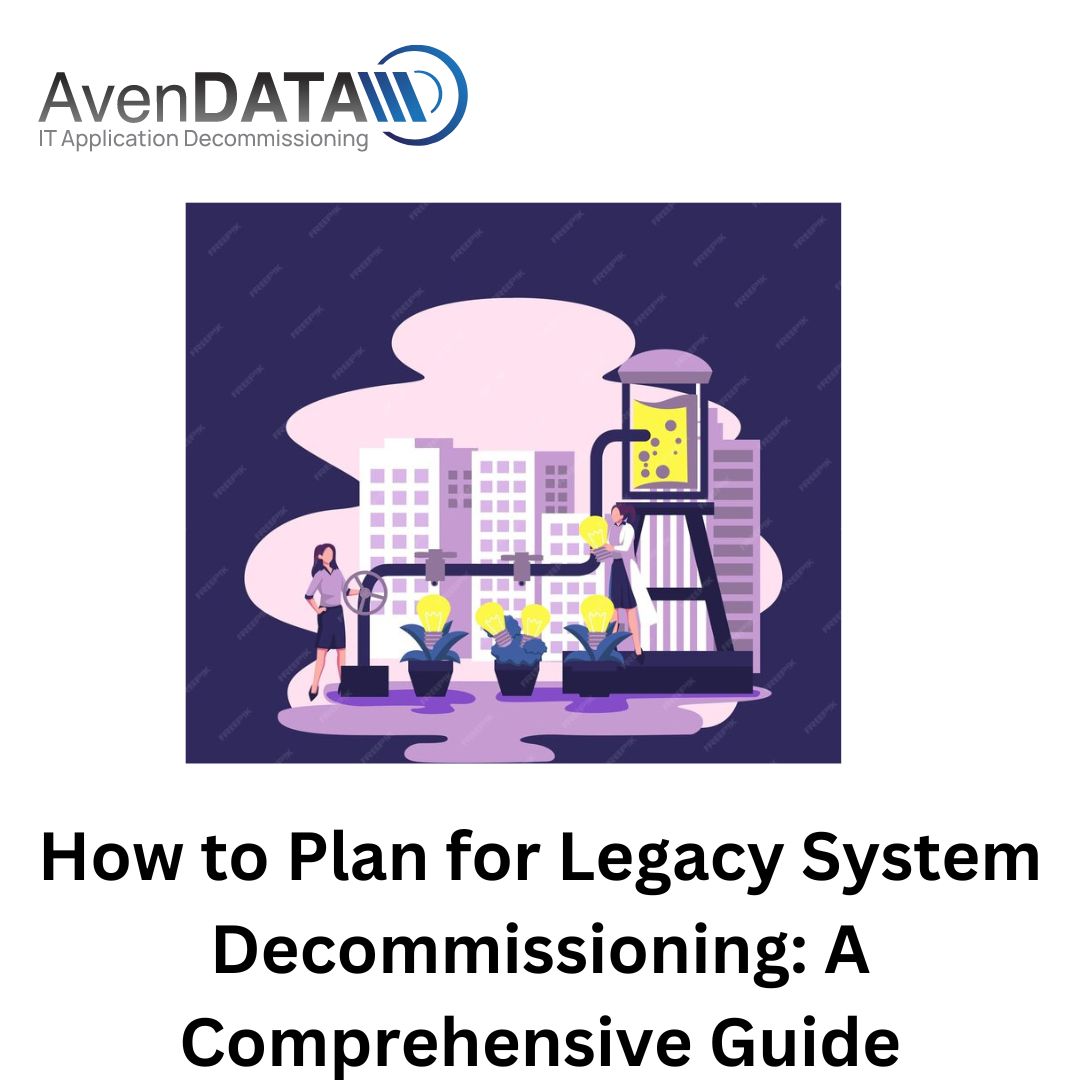Decommissioning legacy systems is a critical task that can significantly impact an organization's operations, security, and compliance. Proper planning is essential to ensure a smooth transition, mitigate risks, and maximize the benefits of moving away from outdated technology. This comprehensive guide will walk you through the key steps and best practices for planning a successful legacy system decommissioning.
Understanding the Need for Decommissioning
Legacy systems often hinder an organization's ability to innovate and remain competitive. They can be costly to maintain, pose security risks, and create integration challenges with modern technologies. Recognizing these issues is the first step toward decommissioning and transitioning to more efficient and secure systems.
Key Steps in Planning Legacy System Decommissioning
Establish a Clear Objective
Define the primary goals of decommissioning, such as cost savings, improved security, or enhanced operational efficiency.
Conduct a Comprehensive Inventory
Create a detailed inventory of all legacy systems, including hardware, software, data, and interdependencies.
Risk Assessment and Mitigation
Identify potential risks associated with decommissioning, such as data loss, downtime, and compliance issues.
Develop a risk mitigation plan to address these challenges, including backup strategies and contingency plans.
Data Migration and Archiving
Plan for the migration of critical data to new systems or secure storage solutions.
Implement a data archiving strategy to retain necessary historical data for regulatory and business purposes.
Develop a Decommissioning Timeline
Create a detailed timeline outlining each phase of the decommissioning process.
Allocate resources and assign responsibilities to team members for each task.
Communication Plan
Develop a communication plan to keep all stakeholders informed throughout the decommissioning process.
Address concerns and provide regular updates to ensure transparency and stakeholder buy-in.
Testing and Validation
Conduct thorough testing to validate the successful migration of data and functionality to new systems.
Ensure that new systems meet performance and security requirements before decommissioning legacy systems.
Best Practices for Legacy System Decommissioning
Involve Key Stakeholders in Early
Engage stakeholders from various departments, including IT, finance, operations, and compliance, early in the planning process.
Prioritize Systems Based on Business Impact
Focus on decommissioning systems that have the most significant impact on business operations and security.
Address high-risk systems first to minimize potential disruptions.
Ensure Compliance with Regulatory Requirements
Review relevant regulatory requirements and ensure that the decommissioning process complies with industry standards.
Retain necessary records and data to meet compliance obligations.
Leverage Automation Tools
Utilize automation tools to streamline data migration, testing, and monitoring processes.
Automation can reduce errors, save time, and improve the overall efficiency of the decommissioning process.
Conclusion
Planning for legacy system decommissioning is a complex but essential task for organizations looking to modernize their IT infrastructure. By following a structured approach and incorporating best practices, businesses can minimize risks, ensure compliance, and achieve a smooth transition to more efficient and secure systems. A well-executed decommissioning plan not only reduces costs and enhances operational efficiency but also positions the organization for future growth and innovation.






Comments